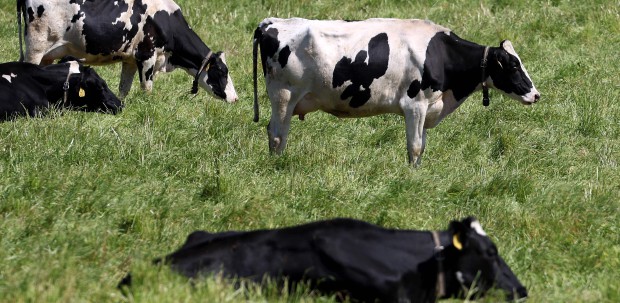THE last mass outbreak of avian flu in Kelantan was 13 years ago, and the latest one came quite as a surprise.
It started with the death of ayam kampung at a house in Kampung Pulau Tebu on Feb 28, 2004, on the outskirts of Kota Baru, before spreading to two neighbouring houses. Officials, at first, saw it as an isolated case.
However, over the weekends, similar deaths occurred in five other villages within a 10km radius of Kampung Pulau Tebu. What worried veterinary officials was another outbreak in Pasir Mas, about 20km away.
The authorities categorised the Pasir Mas cases as a new outbreak which did not originate from Kampung Pulau Tebu, as both incidents took place about the same time at the end of last month.
In the weeks that followed, more villages and districts were affected. At last count, the outbreak has been contained in 28 villages in six districts - Bachok, Pasir Putih, Tanah Merah and Tumpat besides Kota Baru and Pasir Mas.
All of the cases involved free-range chicken grown by villagers and several small-scale breeders.
However, many questions remained unanswered.
Villagers whose birds were culled lamented that they were not properly informed of the virus. They claimed veterinary officers visited their village only to put up posters on the dangers of bird flu and possible infection of humans.
Today, people are asking how did the flu spread in the first place, particularly to other locations, just as in the 2004 outbreak, to Bachok, Pasir Putih and even Tanah Merah, which are more the 20km away from ground zero.
Was it spread by free-flying birds, chickens or birds that were taken away from the infected villages? Nobody, including the authorities, seems to have the real answer.
The Veterinary Department, however, is quite certian that the virus was brought in by flying cocks from neighbouring Thailand, as the kingdom is also facing infection from Indo-Chinese countries.
Its director-general, Datuk Dr Kamaruddin Md Isa, said the first incident in 2004 was confirmed to be connected to a fighting cock brought by a breeder in Pasir Pekan from Thailand.
A number of Kelantan folk dabble in hobbies of rearing prized singing birds and fighting cocks as pets. They either take part in pageants, or bird-singing contests. And for these enthusiasts, the best comes from the other side of the Malaysian-Thai border.
The so-called sport of cockfighting is very popular at the border areas in Tumpat and Pasir Mas, where fans gather from several districts in Kelantan and Thailand. Undoubtedly, fighting cocks have been recognised as among the chief suspects in H5N1’s spread in the state. Judgding from the prevalence of the cruel sport which leads to the possibility of a large influx of birds, isn’t it time for all parties to get cracking?
In 2004, it took the government more than four months to overcome that outbreak. It is hoped that with all the actions taken, it will end much quicker this time.
Sulaiman Jaafar, a grandfather, adores children and love travelling, both locally and abroad.






